Are you ready for a Tanzania adventure? At Temu Tours, we don’t just offer trips—we deliver raw, real, and unforgettable experiences. Journey deep into the heart of Tanzania, where every sunrise over the Serengeti and every echo from the Ngorongoro Crater tells a story. Our safaris are more than sightseeing—they’re a full immersion into wild nature, vibrant cultures, and the rhythm of life in East Africa.
We’re a locally owned company driven by passion, purpose, and pride in our homeland. With expert guides and carefully crafted itineraries, we take you beyond the ordinary—from thrilling game drives and cultural encounters to hidden gems only locals know. Temu Tours is your gateway to discovering Tanzania in its truest form. Raw. Real. Unforgettable. Just the way adventure should be.
A luxury Tanzania safari is more than just a journey—it’s an immersive escape into the wild, where comfort meets adventure in some of Africa’s most breathtaking landscapes. Picture yourself waking up in a lavish tented camp with panoramic views of the Serengeti, enjoying gourmet meals under the stars, and witnessing the awe-inspiring Great Migration up close. Every moment is carefully curated to offer the perfect blend of exclusivity, relaxation, and raw natural beauty.
Whether you’re soaring above the plains in a hot air balloon, enjoying private game drives in custom safari vehicles, or indulging in spa treatments in the heart of the bush, a luxury safari in Tanzania is filled with unforgettable experiences. With expert guides, world-class accommodations, and personalized service, this is your chance to explore Tanzania’s iconic parks—like Serengeti, Ngorongoro Crater, and Tarangire—in absolute style and comfort.
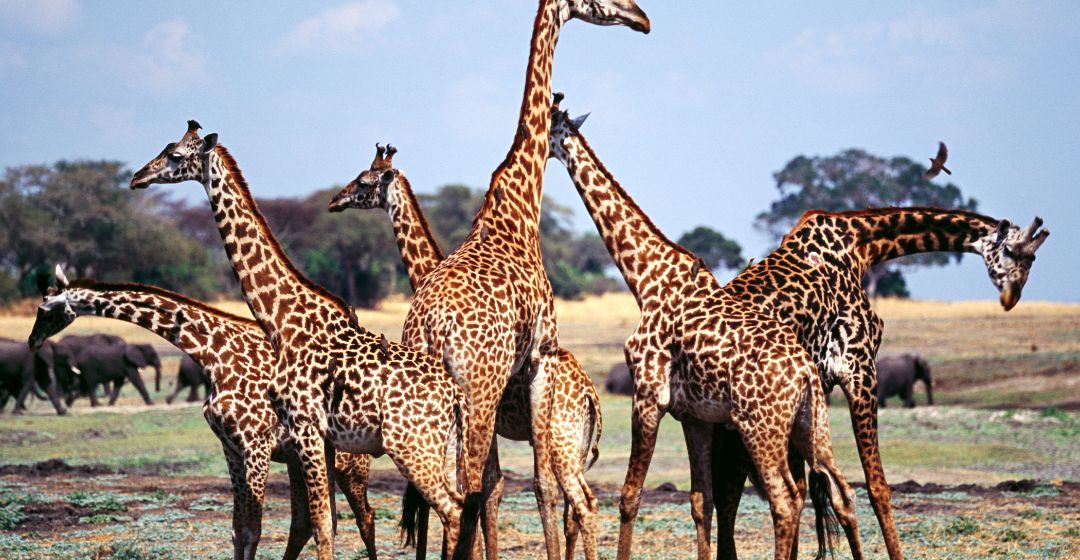
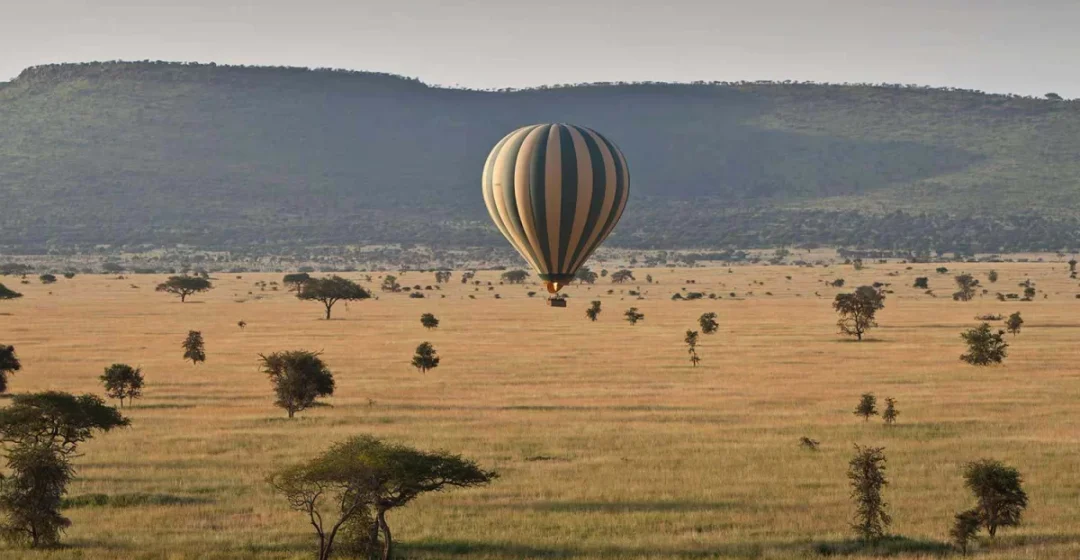
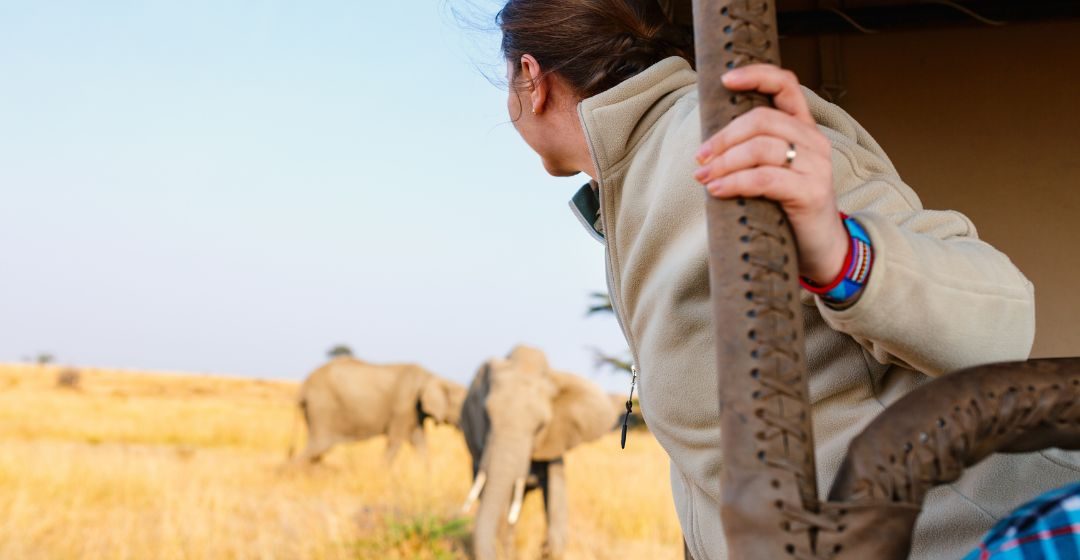
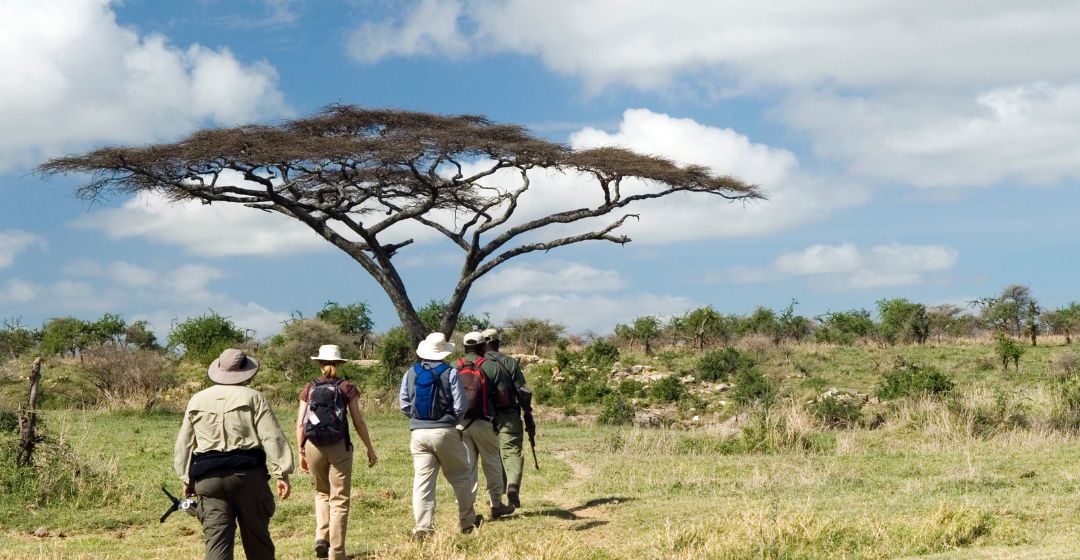
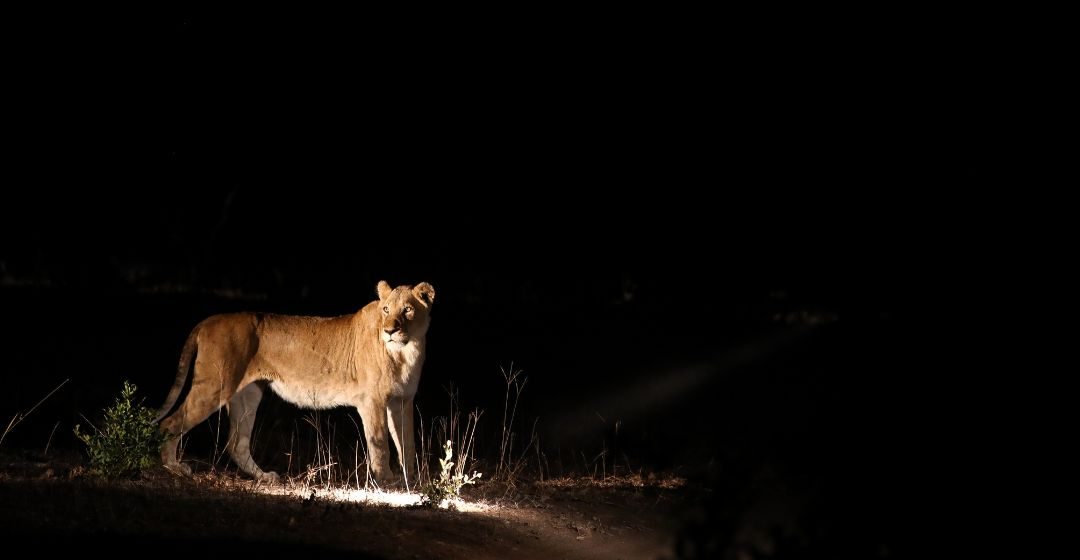

The best time to visit the Serengeti largely depends on what you hope to experience, but many travelers consider June to October as the prime months. During this dry season, the weather is generally sunny and pleasant, and wildlife viewing is at its peak. Vegetation is sparse, making it easier to spot animals gathering around water sources. It’s also one of the best times to witness the dramatic river crossings of the Great Migration in the northern Serengeti—an unforgettable sight as thousands of wildebeest and zebras brave crocodile-infested waters.
That said, the Serengeti offers incredible experiences year-round. If you’re looking to see the calving season, consider visiting between January and March in the southern plains, where you can witness thousands of baby wildebeest being born—and with them, the thrilling presence of predators on the hunt. Each season offers something unique, so the “best” time really depends on the kind of safari experience you’re after.
April is one of the wettest months in East Africa, with heavy rains falling across many regions. This means that some areas, like the Serengeti and Masai Mara, may be harder to navigate, but it’s an excellent time for birdwatching. The rains bring lush landscapes and fewer tourists, making it a good time for those looking to avoid the crowds. Coastal destinations can be wetter as well, but the beaches still offer solitude and peace.
May continues the rainy season, with lush green landscapes across East Africa. It’s a quieter month for safaris, as many tourists prefer to wait for the dry season. However, this is an excellent time for visiting places like Uganda or Rwanda to track gorillas, as the rains make the forests more vibrant. While some areas may be inaccessible, the reduced crowds make for a peaceful, off-the-beaten-path adventure in East Africa.
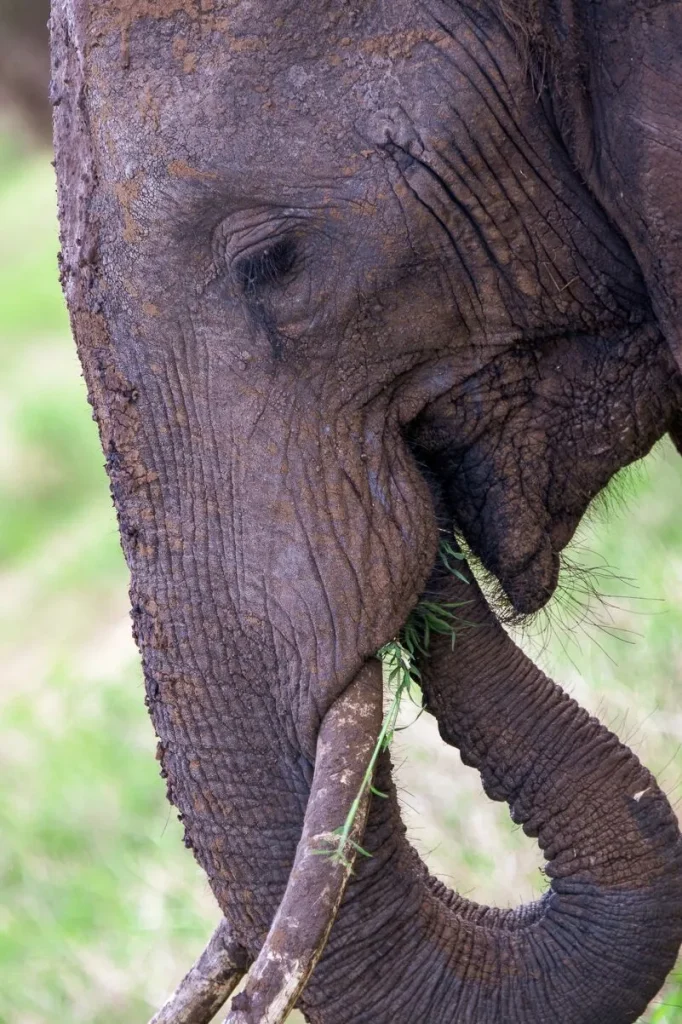
Do you want to Travel ?
Interested in the Best Wildlife Beach or Mountain Adventure,
Well get a Quote Now